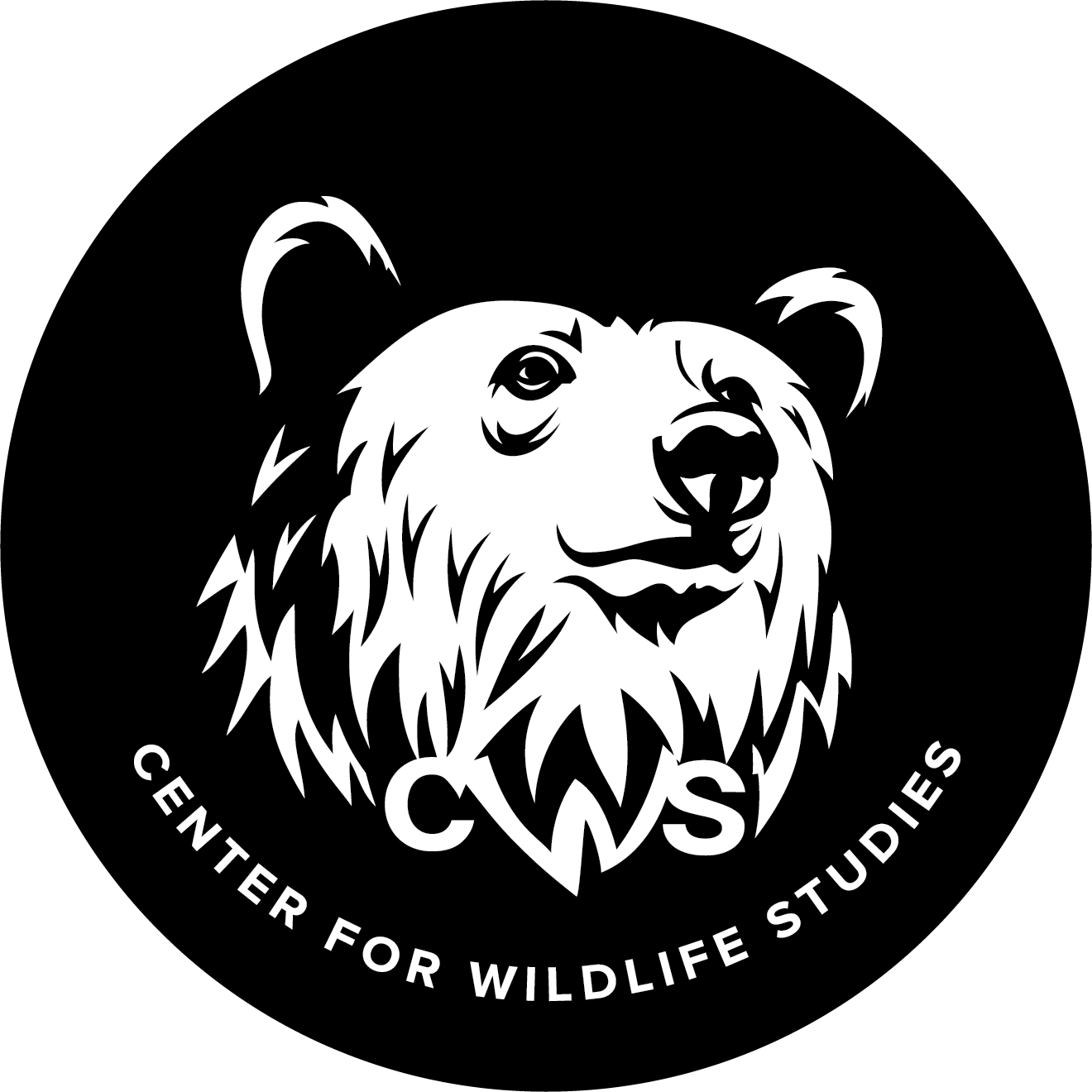Dr. Jeri Peck
Instructor, Center for Wildlife Studies
Research Associate, Penn State
Ph.D. Natural Resources Science & Management, Forest Resources, University of Minnesota
M.S. Community Ecology, Botany & Plant Pathology, Oregon State University
Email: JPecostats@gmail.com
Jeri Peck is a research associate and continuing education instructor in the Department of Ecosystem Science and Management at The Pennsylvania State University. Jeri’s primary interest is in the instruction and application of multivariate analysis tools to advance our understanding of ecological relationships and promote conservation and sustainable management.
She obtained an undergraduate degree in Environmental Economics while assessing the effects of agricultural pesticides on benthic macroinvertebrates in her native Willamette Valley of Oregon, surveying the mosses and lichens of the arctic Squirrel River in Alaska, and documenting the bryophytes of the old-growth forests of the H.J. Andrews Experimental Forest. Upon graduation she turned her attention to nonvascular plant systematics and ecology under the tutelage of Dr. Bruce McCune at OSU, who also mentored her in multivariate community analysis and encouraged her to offer her first short-course. Her M.S. thesis detailing the epiphytic communities impacted by the non-timber forest product industry of moss harvest in the Pacific Northwest was the start of 15 years of comprehensive research assessing the sustainability of this industry by working with commercial moss harvesters, moss buying sheds, The Nature Conservancy, and state and federal land management agencies. It also provided many of the demonstration datasets used in MECA I and II!
After a two-year hiatus in Germany, she spent a year assessing the managerial impacts of the Missouri Ozark Forest Ecosystem Project on epiphytes before wrapping up her moss harvest work for a doctoral dissertation. She then started collaborating with her silviculturist husband to apply multivariate community analysis methods to forest structural metrics, leading to another 15 years of research into the effects of forest management on structural biodiversity in the old-growth and managed pine forests of Minnesota, the managed coniferous Plenterwald of Switzerland, an old-growth deciduous reserve in the Ukraine, and a network of old-growth coniferous stands in the south central Oregon Cascades. She thus spent the first 15 years of her career working on species-centered community ecology, the next 15 years on habitat-centered applied ecology, and has taught multivariate analyses suitable to both types of data for over 25 years.
Teaching
-
Peck, J.E. & E.K. Zenner. 2022. Sub-stand diameter distribution types vary along an old-growth Douglas-fir chronosequence into the horizontal diversification development stage. Journal of Forestry Research https://doi.org/10.1007/s11676-022-01492-3
Zenner, E.K. & J.E. Peck. 2021. Quantifying the vertical diversification development stage of old-growth Douglas-fir to derive stage-specific targets for restoration silviculture. Canadian Journal of Forest Research 51:484-492. https://doi.org/10.1139/cjfr-2020-0244
Zenner, E.K., J.E. Peck, and M.L. Hobi. 2020. Development phase convergence across scale in a primeval European beech (Fagus sylvatica L.) forest. Forest Ecology and Management 460:117889 9 p. https://doi.org/10.1016/j.foreco.2020.117889
Peck, J.E. & E.K. Zenner. 2019. Common ground among beech forest development stages: Matrix versus stage‐typical live tree structure. Journal of Vegetation Science 30(5):893-904. https://doi.org/10.1111/jvs.12791
Zenner, E.K. & J.E. Peck. 2018. Floating neighborhoods reveal contribution of individual trees to high sub-stand scale heterogeneity. Forest Ecology and Management 412:29-40. https://doi.org/10.1016/j.foreco.2018.01.054
Peck, J.E., B. Commarmot, M.L. Hobi, & E.K. Zenner. 2015. Should reference conditions be drawn from a single 10-ha plot? Assessing representativeness in a 10,000-ha old-growth European beech forest. Restoration Ecology 23.6:927-935. https://doi.org/10.1111/rec.12258
Peck, J.E., E.K. Zenner, P. Brang, & A. Zingg. 2014. Tree size distribution and abundance explain structural complexity differentially within stands of even-aged and uneven-aged structure types. European Journal of Forest Research 133:335-346. https://doi.org/10.1007/s10342-013-0765-3
Zenner, E.K., Y.L. Dickinson, & J.E. Peck. 2013. Recovery of forest structure and composition to harvesting in different strata of mixed even-aged central Appalachian hardwoods. Annals of Forest Science 70:151-159. https://doi.org/10.1007/s13595-012-0242-z
Peck, J.E., E.K. Zenner, & B. Palik. 2012. Variation in microclimate and early growth of planted pines under dispersed and aggregated overstory retention in mature managed red pine in Minnesota. Canadian Journal of Forest Research 42(2):279-290. https://doi.org/10.1139/x11-186
Peck, J.E. & A.R. Moldenke. 2011. Invertebrate communities of subcanopy epiphyte mats subject to commercial moss harvest. Journal of Insect Conservation 15(5):733-742. https://doi.org/10.1007/s10841-010-9373-4




